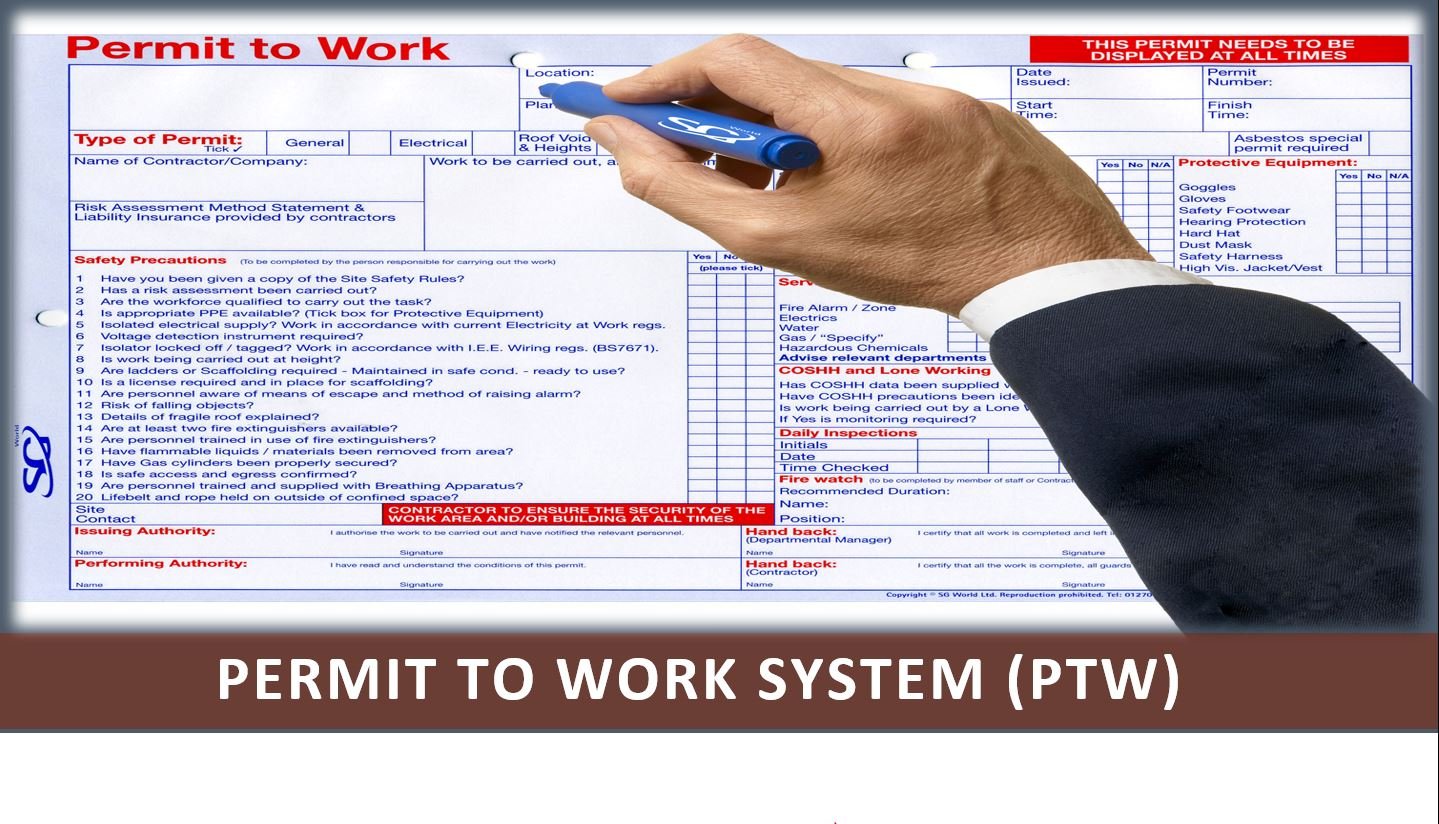While many industries are becoming safer, recent data suggests that trucking is becoming deadlier.
In 2017, 1,300 truckers lost their lives in motor vehicle accidents, compared with 752 fatalities just five years prior. And since they’re driving the biggest vehicles on the road, the number of non-trucker deaths in these accidents is even higher.
Additionally, approximately 65,000 truckers suffered a lost time injury or illness in 2012, according to data from the Bureau of Labor Statistics.

As in many other industries, many accidents and injuries involving truckers were preventable. In this article, we’ll go over the hazards that put truckers at risk and what steps truck drivers and their employers can take to control them.
Who Counts as a Driver or Trucker?
According to the International Labour Organization (ILO), a truck driver or trucker is any worker who drives a truck with a capacity of more than 3 tons in order to transport materials to and from a specified destination. Truckers may also do jobs to keep the truck in working order.
What Are Some of the Common Trucker Injuries?
Truckers experience a number of different non-fatal incidents while driving their unloading, or preparing and inspecting their vehicles. These include:
- Strains and sprains
- Fractures
- Cuts and lacerations
- Ergonomic injuries (soreness and pain)
- Multiple traumatic injuries
What Events or Exposures Lead to Trucker Injuries?
Four types of injures are especially concerning for truckers.
Transportation Accidents
This is the most obvious one. Truckers drive vehicles that are difficult to maneuver and have large blind spots, and they do so for hours on end. The risk of accident is increased when they are driving at night, in inclement weather, or on icy roads.
Ergonomic Injuries
Truckers often experience back, leg, arm, or hand pain from sitting in the same uncomfortable position for extended periods of time. They can also get muscle pain from handling and unloading the cargo they’re transporting.
Field Repairs
Truckers can sustain various kinds of injuries while doing field repairs or servicing their vehicles.
Falls
Unlike conventional automobiles, the driver and passenger doors on transport trucks are not close to the ground. Climbing into the truck or descending from it puts drivers at risk of an injurious fall.
What Are the Hazards Related to Truck Driving?
1. Accident Hazards
- Fire hazards from the spilling and leaking of flammable substances (for example, tank-trucks due to mechanical failure or collision)
- Explosions, acute intoxication, or chemical burns caused by hazardous cargo, such as explosives and toxic substances
- Acute poisoning from exhaust gases, such as carbon monoxide
- Increased risk of vehicular accidents, especially for long-haul truck drivers
- Increased risk of fatigue due to lengthy driving periods
- Slips, trips, and falls from a tall cabin, ladder, or trailer
- Danger of being crushed between trailers while trying to disengage one from the other
- Trauma due to physical overexertion (for example, when moving heavy pieces of cargo)
2. Physical Hazards
- Prolonged exposure to engine noise greater than 80 dBA can result in immediate, severe headaches, as well as hearing loss in the long term
- Exposure to ultraviolet (UV) radiation
- Exposure to extreme heat or cold climatic conditions can have potentially detrimental health effects (for example, heat stroke and frostbite)
- Whole-body vibrations may impair musculoskeletal functions and contribute to fatigue
3. Chemical Hazards
- Exposure to toxic substances while transporting hazardous cargo
- Increased risk of skin diseases, such as dermatitis caused by chemicals
- Chronic effects caused by the inhalation of exhaust fumes
- Exposure to dust (for example, when driving on desert roads)
4. Biological Hazards
- Increased risk of infection or contamination from biologically hazardous cargo
5. Ergonomic Hazards
- Prolonged driving in uncomfortable postures can increase the risk of lower back pain and other musculoskeletal disorders
- Visual discomfort caused by eye strain when driving on dark or poorly illuminated roads
6. Psychosocial Hazards
- Exposure to violence (for example, being the target of a crime aimed at valuable loads, as well as physical violence at roadside rest stops)
- Increased levels of stress or psychological discomfort due to isolation, absence from home and family life, and the possibility of receiving unwelcome orders by cellular phone or radio communication equipment
Preventative Measures Truck Drivers Can Take to Ensure Their Safety and Well-being on the Job
Here are a few simple but effective ways truckers can reduce their risk of injury or illness while working:
- Learn and use safe lifting and moving techniques for heavy or awkward loads.
- Use mechanical aids to assist lifting when possible
- Avoid breathing exhaust fumes near the vehicle
- Switch-off engine when parked, especially when in an enclosed area
- Protect your hands and body by wearing the appropriate personal protective clothing, such as chemical-resistant gloves, steel-toed boots, and overalls
- Ask your employer to install an ergonomically designed driver’s seat
- Take short, frequent breaks when required to drive for lengthy periods
- Attend training sessions to learn how to recognize and respond to the threat of violence
- Ask your employer to provide you with a personal alarm so that you can summon help when needed



